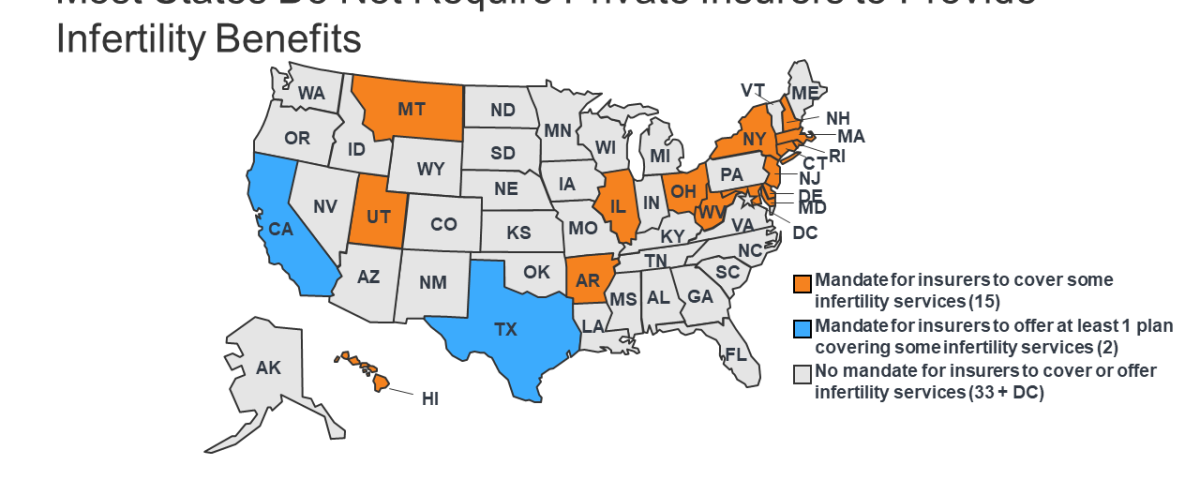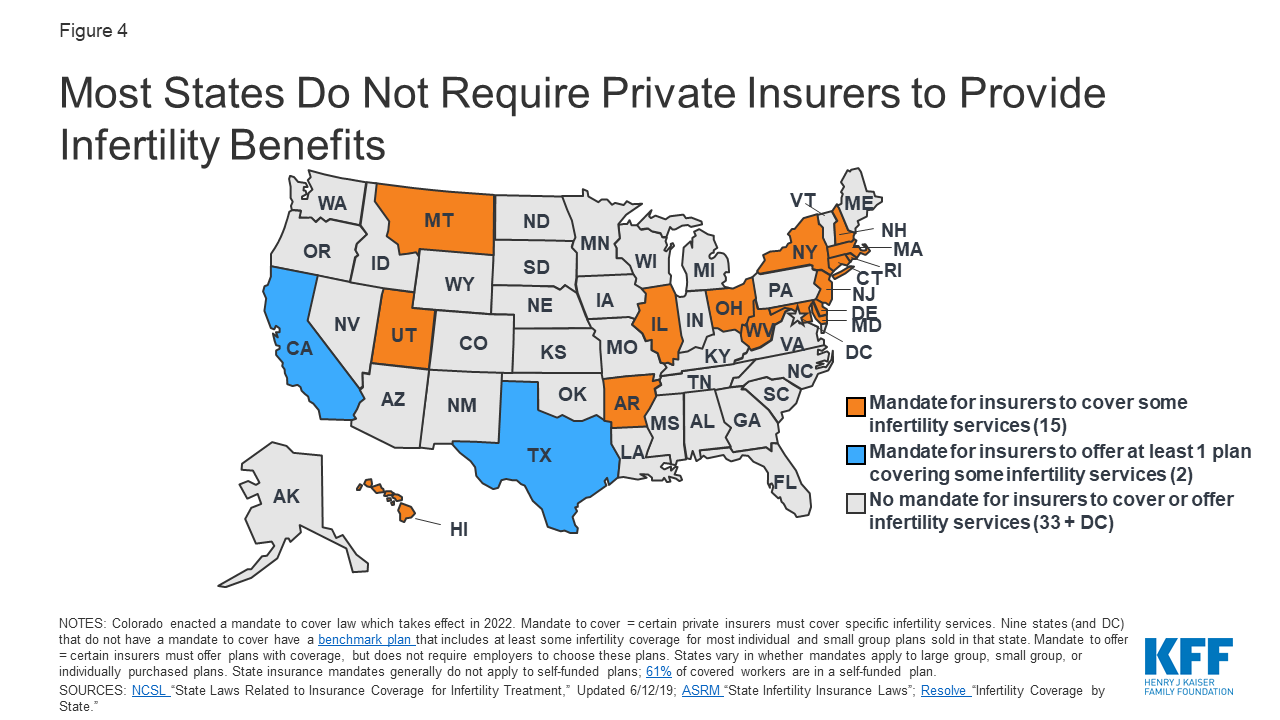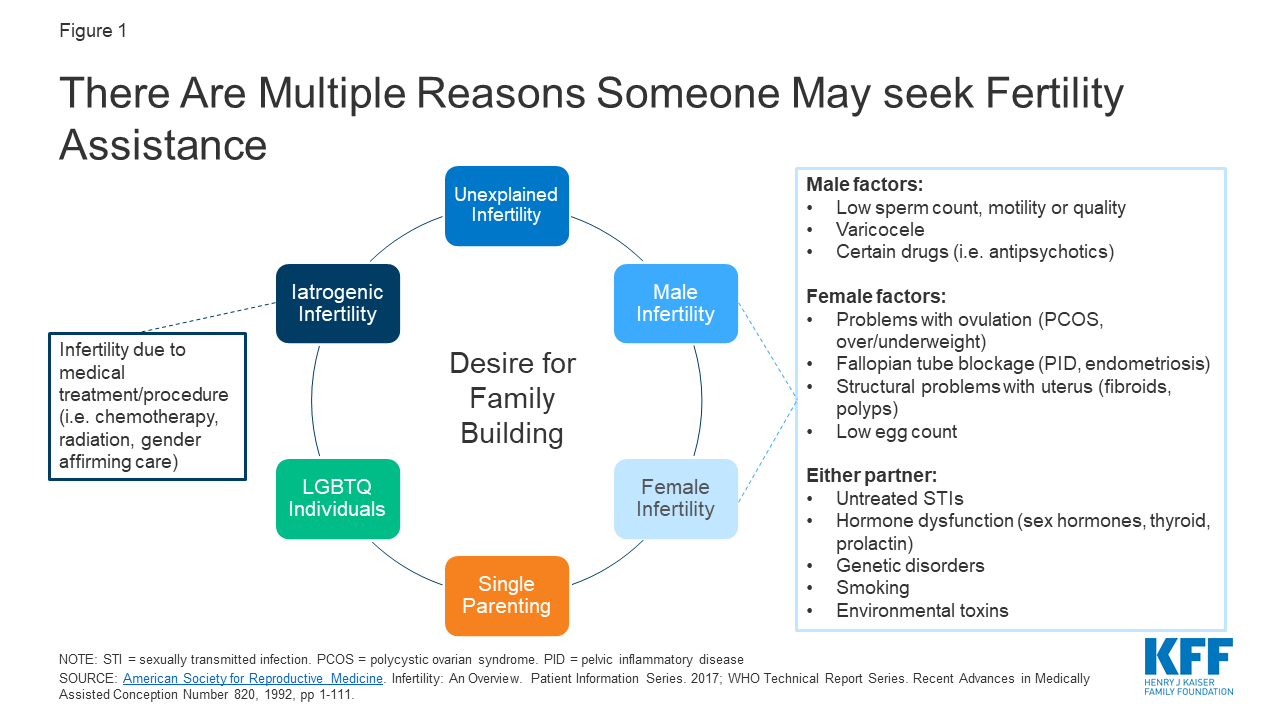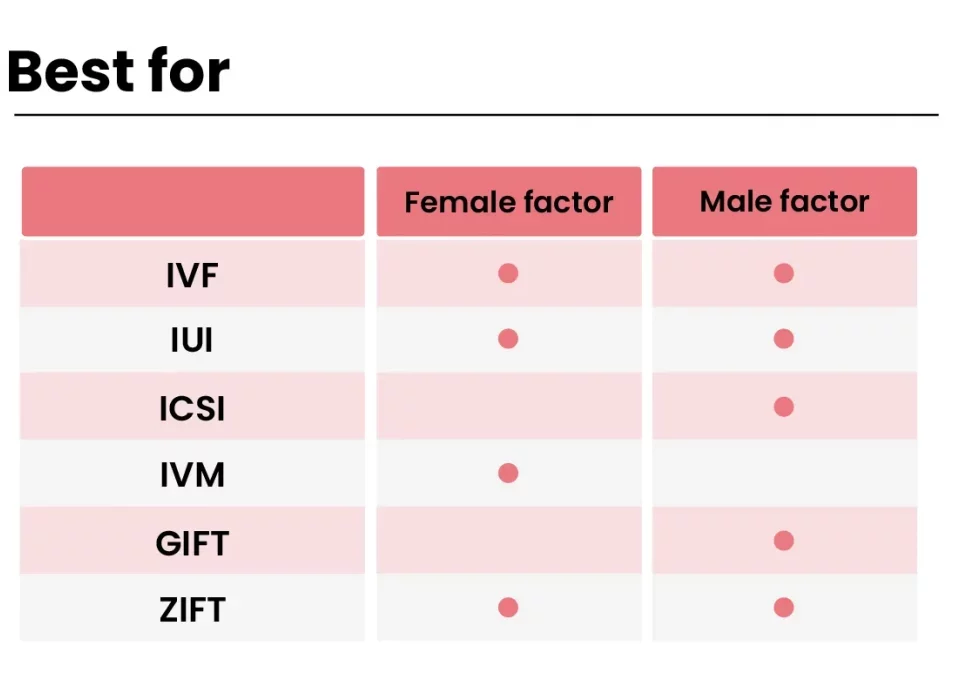
Why Is IVF Controversial?
April 2, 2025
How Expensive Is IVF? A Deep Dive into Costs, Options, and What You Need to Know
April 2, 2025Will Insurance Cover IVF? Your Guide to Costs, Coverage, and Options

Will Insurance Cover IVF? Your Guide to Costs, Coverage, and Options
In vitro fertilization (IVF) is a life-changing option for many people dreaming of starting a family. But with costs often soaring past $12,000 per cycle, one question looms large: Will insurance cover IVF? For hopeful parents, this isn’t just about money—it’s about hope, planning, and understanding what’s possible. The good news? Coverage is evolving, and more people are finding ways to make IVF work. The not-so-good news? It’s still a patchwork system that depends on where you live, your job, and your insurance plan.
This article dives deep into everything you need to know about IVF insurance coverage in 2025. We’ll break down how it works, what’s changing, and how you can navigate the maze. Plus, we’ll tackle some angles you might not have thought about—like how your state’s laws, your employer’s choices, and even new research could shape your journey. Let’s get started.
What Is IVF, and Why Does Insurance Matter?
IVF is a fertility treatment where eggs are retrieved from the ovaries, fertilized with sperm in a lab, and then transferred to the uterus. It’s a big deal for people facing infertility—about 1 in 8 couples in the U.S., according to the CDC. But here’s the catch: a single IVF cycle can cost between $12,000 and $25,000, depending on extras like medications or genetic testing. For most, that’s not pocket change.
Insurance can make or break access to IVF. Without it, you’re looking at paying out of pocket, dipping into savings, or even taking out loans. With it, the burden lightens—but not every plan covers IVF, and even when they do, there are hoops to jump through. So, does your insurance have your back? Let’s find out.
Does Insurance Typically Cover IVF?
The short answer: it depends. In the U.S., insurance coverage for IVF isn’t standard. Unlike broken bones or flu shots, fertility treatments are often seen as “optional” by insurers. But that’s shifting—slowly. Here’s the breakdown:
- Nationwide Picture: Most private insurance plans don’t cover IVF unless required by law or offered as an employee perk. A 2021 study from Mercer found that only 36% of large employers (500+ employees) included IVF in their health plans, up from 27% in 2020. Smaller companies? Even less likely.
- State Mandates: As of April 2025, 20 states have laws requiring some level of infertility coverage. But only 10—think places like New York, Massachusetts, and Illinois—mandate “comprehensive” IVF coverage with fewer restrictions. Others, like Arkansas or Hawaii, might cover diagnostics but stop short of IVF itself.
- Medicaid: If you’re on Medicaid, coverage is rare. New York made waves in 2020 by expanding Medicaid to include some fertility treatments, but it’s an outlier. Most states don’t touch IVF under public plans.
- Military and Veterans: Good news here—active-duty military and veterans with service-related infertility might get IVF through TRICARE or the VA, thanks to recent expansions (more on that later).
So, if you’re in a mandate state or work for a generous employer, you’ve got a shot. Otherwise, you’re likely on your own—unless you dig into some lesser-known options we’ll cover soon.
How State Laws Shape IVF Coverage
Where you live can be a game-changer. State mandates are the backbone of IVF coverage in the U.S., and they vary wildly. Let’s look at how they work and what they mean for you.
The Power of Mandates
States with mandates require private insurers to cover or offer infertility treatments. “Comprehensive” mandates—like those in Connecticut or New Jersey—mean IVF is included with minimal eligibility hurdles. A 2022 study in Reproductive Biology and Endocrinology found that mandate states see 3-4 times more IVF cycles per capita than non-mandate states. Why? Lower costs = more access.
But there’s a flip side. Even in mandate states, not everyone benefits equally. Research from Massachusetts (a pioneer in IVF coverage) showed that Hispanic and Black women were underrepresented among IVF patients, despite the mandate. Income and education gaps play a role—something we’ll unpack later.
Where Are We in 2025?
As of now, 20 states have some form of infertility law, up from 15 a decade ago. Recent additions like Colorado (2022) and updates in places like Maryland reflect growing pressure from advocates. Posts on X in early 2025 show buzz around states like Virginia and Florida considering new bills—though nothing’s set yet.
Here’s a quick snapshot:
| State | IVF Coverage? | Key Details |
|---|---|---|
| New York | Yes, comprehensive | Includes 3 cycles, Medicaid expansion |
| Texas | No | Only diagnostics covered |
| Illinois | Yes, comprehensive | Up to 4 egg retrievals |
| California | No | Employers can opt-in, but not required |
What If You’re in a Non-Mandate State?
Don’t lose hope. Some employers in states like Texas or Florida offer IVF benefits anyway—especially big companies competing for talent. Starbucks, for example, covers up to $25,000 in fertility treatments, even for part-time workers. Check your employee handbook!
Employer Benefits: The Hidden Gem of IVF Coverage
Your job might be your ticket to IVF. More companies are stepping up, driven by employee demand and a tight labor market. Here’s why this matters.
The Trend Is Growing
Back in 2015, only about 1 in 5 large employers offered IVF benefits. By 2021, that jumped to 36%, per Mercer. In 2025, experts predict it’s closer to 45%, fueled by companies like Google, Amazon, and even smaller startups. Why? It’s a perk that attracts and retains workers—especially younger ones delaying parenthood.
Real-Life Impact
Take Sarah, a 32-year-old graphic designer in Ohio (a non-mandate state). Her employer added IVF coverage in 2024 after staff pushed for it. “I couldn’t believe it,” she says. “One cycle would’ve been $15,000 out of pocket. Now, I pay $2,000 tops.” Stories like hers are popping up more often on platforms like X, where users swap tips about negotiating benefits.
How to Ask for It
Not covered? You can nudge your employer. Try this:
- Gather Data: Show how common infertility is (10-15% of couples) and how IVF benefits boost morale.
- Team Up: Get coworkers on board—strength in numbers!
- Pitch It: Suggest it’s a low-cost add-on. Studies say IVF coverage raises premiums by just $0.67-$14 monthly.
What’s Covered (and What’s Not)?
Even with insurance, IVF isn’t a free ride. Policies differ, and hidden costs can sneak up. Let’s break it down.
Typical Coverage
If your plan includes IVF, it might cover:
- Egg retrieval and embryo transfer
- Lab fees
- Basic medications (think $2,000-$5,000 worth)
A 2023 NPR report found that insured couples still paid $2,700-$15,000 per cycle, depending on deductibles and extras.
Common Exclusions
Watch out for these:
- Freezing Embryos: Many plans skip this ($2,000 for 5 years, per Fertility IQ).
- Genetic Testing (PGT): Adds $3,000-$5,000, often out-of-pocket.
- Multiple Cycles: Some cap at 1-3 cycles, but success often takes more.
Interactive Quiz: What’s Your Coverage Like?
Answer these to guess your odds:
- Do you live in a mandate state? (Yes/No)
- Does your employer have 500+ workers? (Yes/No)
- Have you checked your plan for “infertility” benefits? (Yes/No)
Three Yeses? You’re in good shape. Mostly Nos? Time to explore options.

New Angles: What’s Missing from the Conversation
Most articles stop at states and employers. But there’s more to uncover—stuff that could change your approach. Here are three fresh takes.
1. The Military Expansion No One’s Talking About
In 2024, the VA expanded IVF eligibility for veterans with service-connected infertility, like injuries from combat or toxic exposure. A Federal Register update in March 2024 even stretched the rules to include female veterans without ovarian function—previously excluded. TRICARE’s covering more active-duty folks too. If you or your spouse served, this could be a lifeline.
2. Fertility Preservation for Cancer Patients
Here’s a gap: most plans don’t cover IVF for “iatrogenic infertility” (caused by medical treatments like chemo). A 2023 study in Journal of Assisted Reproduction and Genetics found Black and Hispanic cancer patients used egg freezing far less than White patients—partly due to cost. Advocates argue insurers should treat this like other side effects (e.g., breast reconstruction). Could a federal mandate fix this? It’s worth watching.
3. The Income Divide in Access
Mandates help, but they don’t level the field. A 2005 Massachusetts survey showed IVF users were mostly college-educated, high-income White women—60% earned over $100,000. Lower-income folks, even with coverage, face barriers like time off work or travel to clinics. X posts in 2025 highlight frustration: “Insurance is great, but who pays my rent if I miss shifts?” Solutions? More telemedicine or sliding-scale clinics could bridge this gap.
Costs Without Insurance: What to Expect
No coverage? You’re not alone. Here’s what IVF costs in 2025, plus ways to soften the blow.
The Price Tag
- Base Cycle: $12,000-$15,000
- Meds: $3,000-$5,000
- Extras (PGT, freezing): $5,000-$10,000
- Total per Cycle: $20,000-$30,000
Success rates vary—about 49% for women under 35, dropping to 12% over 40 (CDC, 2021). Most need 2-3 cycles, so costs stack up fast.
Money-Saving Hacks
✔️ Clinics with Packages: Some offer multi-cycle deals (e.g., $25,000 for 3 tries).
✔️ Grants: Groups like Baby Quest give $2,000-$16,000 to qualifying applicants.
✔️ Financing: Loans or payment plans spread costs over time—check rates first!
❌ Don’t Skimp on Meds: Generic options exist, but cutting corners risks success.

Latest Research: Does Coverage Change Outcomes?
Science backs up what you might guess: insurance impacts how IVF is done—and how well it works.
Fewer Embryos, Safer Pregnancies
In mandate states, clinics transfer fewer embryos per cycle (1.2 vs. 1.8 in non-mandate states, per a 2018 CDC study). Why? Less pressure to “maximize” each try. Result? Fewer risky multiple births (twins dropped from 23% in 2007 to 5% in 2021, per HFEA data).
Success Rates Hold Steady
A 2022 Fertility and Sterility paper found no big difference in live birth rates between covered and uncovered patients. Coverage boosts access, not miracles. Age and health still rule.
Mental Health Bonus
A 2024 study from Stanford (via SIEPR) dug into Sweden’s data and found that affordable IVF cut stress and depression among childless women by 15%. Money worries matter—less debt could mean better odds of sticking with treatment.
Practical Steps: How to Check Your Coverage
Ready to find out? Here’s your playbook.
Step-by-Step Guide
- Read Your Plan: Look for “infertility” or “ART” (assisted reproductive technology) in your policy. Call HR if it’s vague.
- Ask the Right Questions:
- Does it cover IVF cycles? How many?
- What about meds, freezing, or testing?
- Any age or diagnosis limits?
- Talk to Your Clinic: They often have billing pros who’ll decode your insurance for free.
- Appeal Denials: Denied coverage? File an appeal—50% succeed with persistence, per RESOLVE.
Pro Tip
Record calls with insurers. One X user in 2025 swore this saved her $5,000 when a rep backtracked on a promise.
Alternative Paths If Insurance Says No
Coverage isn’t the only way. Here’s how others make it work.
Crowdfunding Success
Platforms like GoFundMe see tons of IVF campaigns—some raise $10,000+ with a good story. Share yours with friends and family for a boost.
Traveling for Treatment
Mexico and Canada offer IVF at $5,000-$8,000 per cycle. Quality’s solid (many clinics are U.S.-certified), but factor in travel and time off.
Mini-IVF: Low-Cost Option
This uses fewer meds, dropping costs to $5,000-$7,000. Success rates are lower (20-30% per cycle), but it’s a budget-friendly start.
What’s Next for IVF Coverage?
The future’s murky but hopeful. Here’s what’s brewing in 2025.
Policy Shifts
A Federal Register proposal from February 2025 pushes for national IVF access, citing costs as a barrier to family-building. Will it pass? Hard to say—politics are tricky. Meanwhile, states like D.C. (via a 2023 bill) keep nudging insurers forward.
Public Opinion
A 2023 survey in Fertility and Sterility showed 55% of Americans support IVF coverage. That’s up from 40% in 2010. Social media chatter on X echoes this—people want fairness, not handouts.
Tech Breakthroughs
New methods like “minimal stimulation IVF” or AI-driven embryo selection could slash costs in 5-10 years, per a 2024 Nature report. Cheaper IVF might pressure insurers to step up.
Your Turn: How Much Would You Pay?
Let’s get interactive. If insurance covered IVF, how much extra would you pay monthly?
- $5
- $10
- $20
- More?
Drop your answer in your head—or share it with a friend. It’s a small way to think big about what matters to you.

Wrapping Up: Your IVF Journey Starts Here
So, will insurance cover IVF? Maybe—if you’re in the right state, with the right job, or willing to fight for it. If not, you’ve still got options: employer perks, grants, or even a trip across the border. The system’s not perfect, but it’s moving—20 states with mandates, rising employer benefits, and fresh research all point to more access down the road.
What’s your next step? Check your plan, talk to your boss, or explore a grant. Every journey’s different, but one thing’s clear: you’re not alone. Millions are navigating this too, and with a little grit and know-how, you can make it work. Got a story or tip? Share it with someone—it might just spark their hope.

